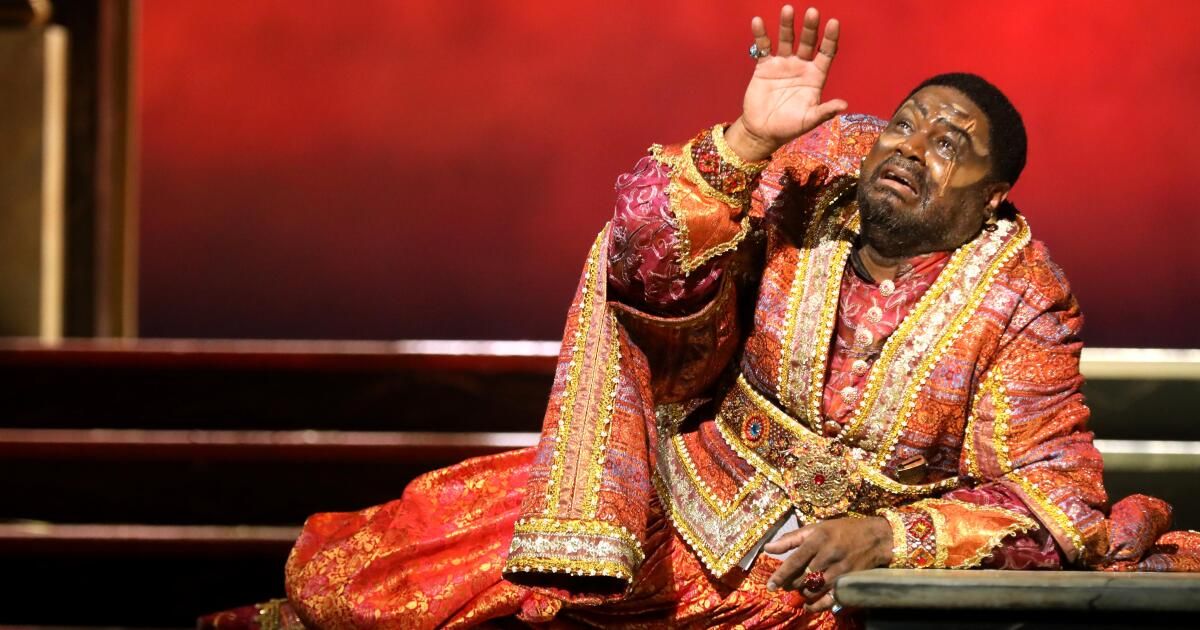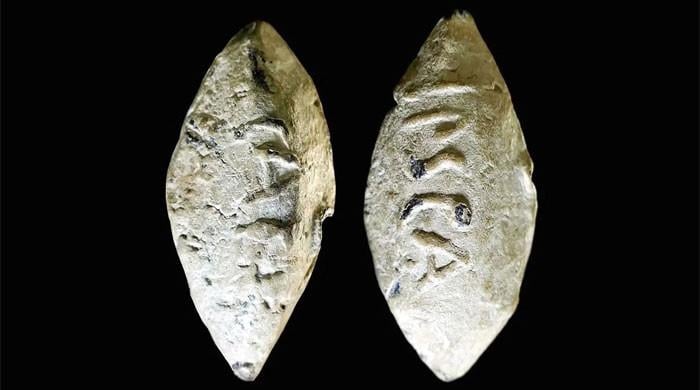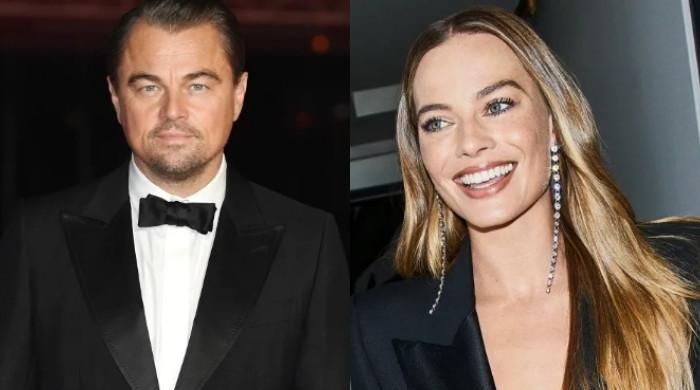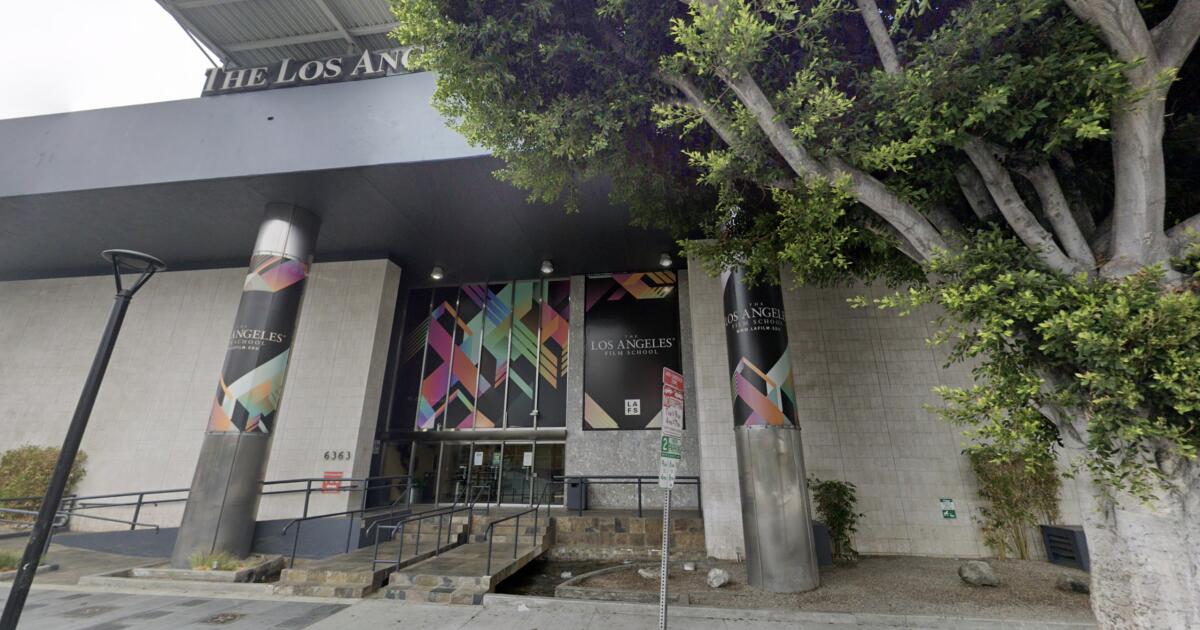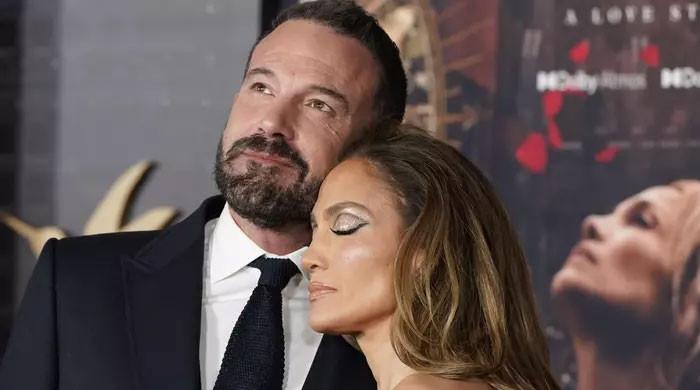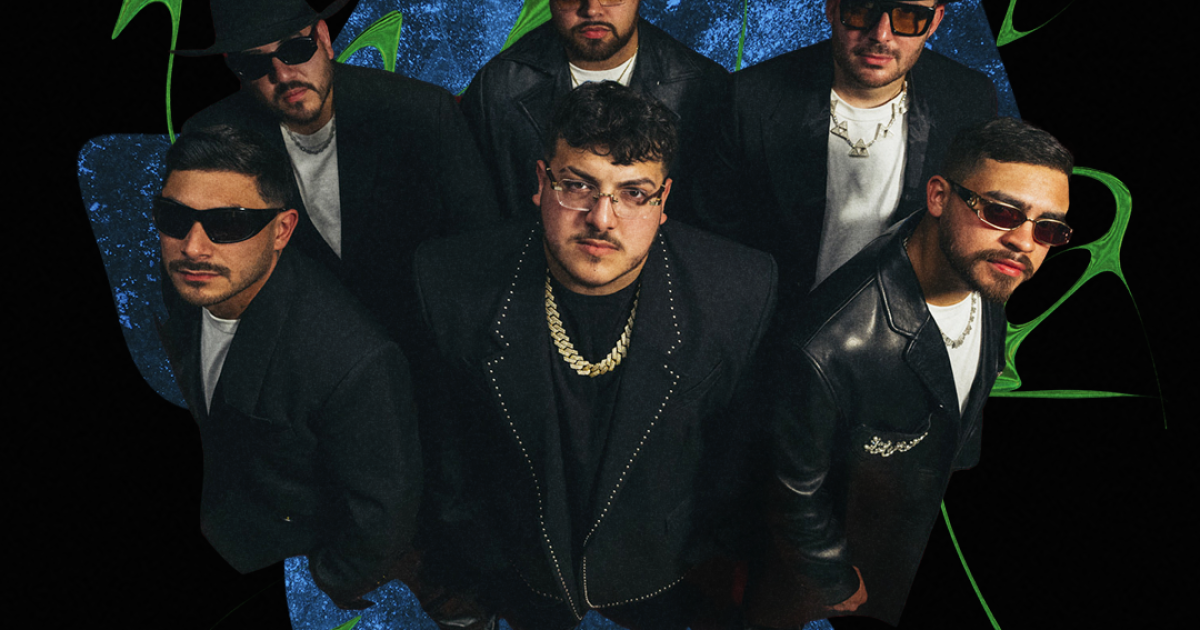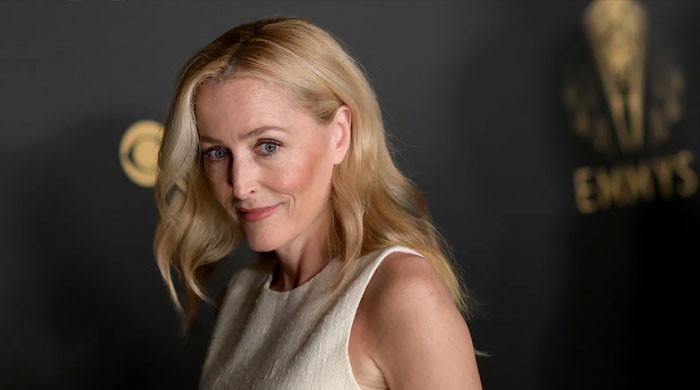When James Conlon arrived as music director of the Los Angeles Opera in 2006, he immediately discovered that the city could be the ideal setting for what has been one of his key missions, what he called “recovering” the voices of composers silenced by the Second World War. and then almost forgotten. After all, Los Angeles had been a refuge for artists fleeing the Nazis, just as it had once been for those persecuted in Russia and Eastern Europe.
We have heard several obscure operas and concert works by artists such as Alexander Zemlinsky, Erwin Schulhoff, Walter Braunfels, and Viktor Ullmann. Their names may be unfamiliar and their music unfamiliar, but they are related.
Zemlinsky, for example, was the mentor and brother-in-law of Arnold Schoenberg, whose music and teaching at USC and UCLA had an enormous influence on 20th-century composition, reaching into film music, jazz, and the avant-garde. Other emigrants were of the same generation and origin, such as Erich Wolfgang Korngold, who created the orchestra's soundtrack at the dawn of talkies.
The Los Angeles Opera on Saturday night, after 15 years, recovered one of Conlon's early hits from its “Voices Recovered” initiative, Zemlinsky's “The Dwarf.” That it took so long he reminded us that we are still recovering these voices. But he also reminded us that the recovery of these works has also acquired a new urgency in recent years.
“The Dwarf” is an opera in one act that lasts just under 90 minutes. In 2008, LA Opera preceded it with a short comic opera by Ullmann. This year the opening opera is “Highway 1, USA” by William Grant Still, recovering a black voice from Los Angeles of considerable note.
At first glance, these two extremely different and seemingly incompatible operas have little in common. Still, who made his name in the Harlem Renaissance of the 1920s, moved to Los Angeles in 1934. Here he found more opportunities, breaking racial barriers in classical music and Hollywood. At the time of his death in 1978, he was known as the dean of black composers.
There may have been no sense of the blues in the Austrian Zemlinsky, who fled the Nazis and arrived in New York in 1938. But both composers were musically conservative, clinging to the classical tradition at a time when music in their worlds was progressing at a great pace. , and both operas revolve around an impervious teenager whose callousness reveals major social ills.
“Highway 1,” which has a book by Still's wife, Verna Arvey, was begun in the early 1940s but did not reach its final version until 1961. It centers on a couple: Bob, who runs a gas station, and Mary . Against Mary's better judgment, they sacrifice themselves so that Bob's younger brother Nate can go to college. Nate, however, cares little for her sacrifice; he attempts to seduce Mary and stabs her when she rejects him. Mary survives, and only then does Bob discover how much more he cares about Mary.
Still's elegantly understated and subtly magical score stays clear of the drama, flowing naturally and silently like a river or time itself. There is little commotion, even in the stabbing. However, that is exactly what makes the opera exceptional. It is verismo without melodrama, a conscious soundtrack of how goodness is found in everyday life.
Kaneza Schaal's folksy new production is direct, with a twist. The opera begins with Maria telling a little fable about a fox and a rabbit. Here, two dancers dressed as creatures skillfully enact the story, and continue to appear devilishly throughout, adding necessary color and courage.
Dancers dressed as foxes and rabbits in William Grant Still's “Highway 1, USA” at LA Opera.
(Genaro Molina/Los Angeles Times)
In all the ways “Highway 1” is underrated, “The Midget,” written in the early 1920s, is overblown. The opera lasts twice as long as “Highway 1.” The score was made to be dazzling, with Zemlinsky being a master of incredibly lush orchestration. Singers are asked for greatness and extreme emotion. Melodrama is the name of the exaggeration game.
The libretto is taken from Oscar Wilde's story “The Birth of the Infanta.” Inspired by Velázquez’s painting “Las Meninas” (Ladies in Waiting), “The Dwarf” conveys the horrors faced by outsiders. In this case, an princess of the Spanish court receives a gift from the sultan on her 18th birthday.th birthday of a dwarf who has never seen himself in a mirror and is unaware of his perceived ugliness and difference.
For her, the Dwarf is a toy that she can pretend to fall in love with, as if he were a pet. For him, her supposed love is a gift from heaven. When he finally sees a reflection of himself, the cruel truth of his ruse leaves him nothing to live for.
It's all conveyed in the grandest of operatic ways, and Darko Tresnjak's original production amplifies that with a set that's a grandiose replica of Velázquez's painting. In an LA Opera podcast, Conlon calls this one of his favorite productions in his nearly 20 years with the company.
There could be other possibilities. Instead of going from the modest to the exaggerated, the opposite would also be revealing: the overcoming of excess. There is also the possibility of relevance rather than recreation of the past.
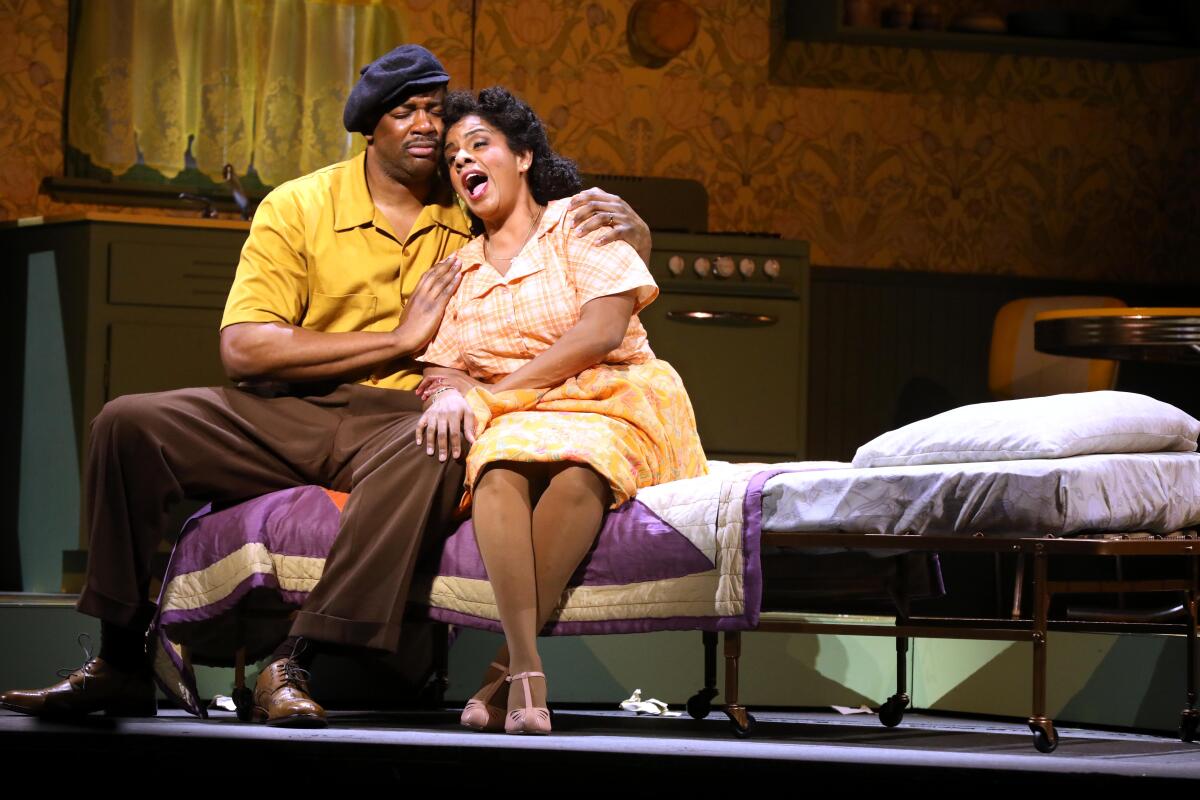
Nicole Heaston and Norman Garrett in the LA Opera production of composer William Grant Still's “Highway 1, USA” at the Dorothy Chandler Pavilion in Los Angeles.
(Genaro Molina/Los Angeles Times)
However, it is worth mentioning one more common point between these operas: feminism. Bob and the Dwarf lack essential (and in the Dwarf's case, tragic) awareness of the world around them, but each opera has a woman who is quite aware. Nicole Heaston is the powerful, no-nonsense Mary in the first opera, and Emily Magee is deeply moving as Ghita, the maiden who is the only one who understands the Dwarf.
Rodrick Dixon, a towering dwarf in the original production, is even more impressive in the role this time around. “Highway 1” features Norman Garrett's warm, affable Bob and Chaz'men Williams-Ali's stoic Nate.
As for Conlon, he found Still's rhythm and rejoiced in everything Zemlinsky's floridity. He is a conductor who believes in “The Dwarf” so much that he dares you not to like it, even if you are, like me, adverse to the melodramatic. Anyone who can bring so much conviction and, yes, ecstasy to the score should think twice, and that's exactly why we bring back voices.
'Highway 1, USA' and 'The Dwarf'
Where: Dorothy Chandler Pavilion, 135 Grand Ave., Los Angeles
When: until March 17; check website for hours
Tickets: $16-$259
Run time: approximately 3 hours
Information: (213) 972-8001, laopera.org

